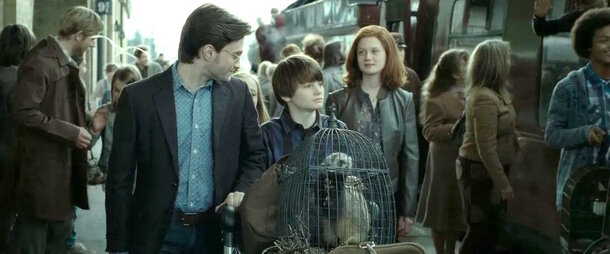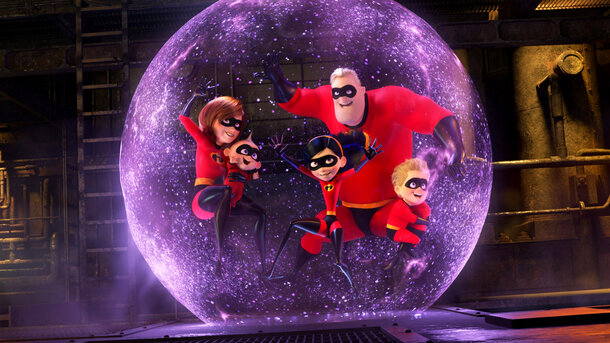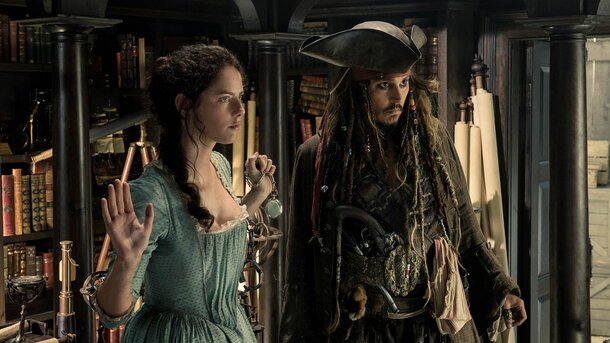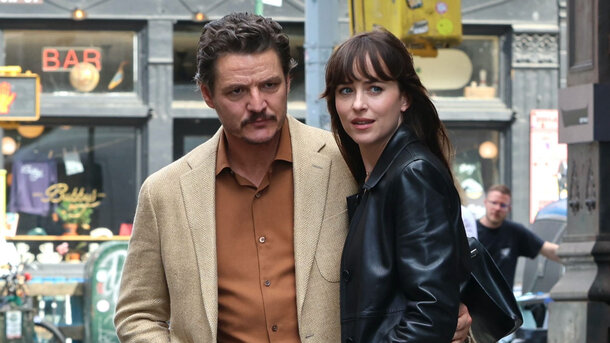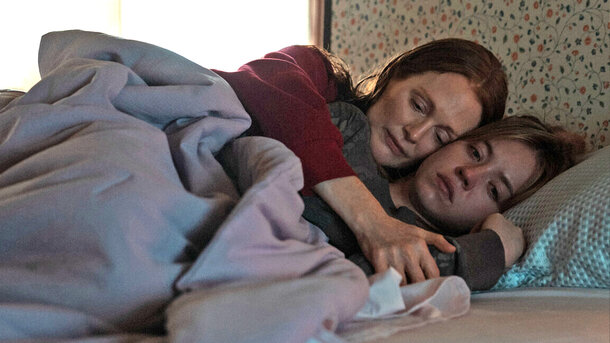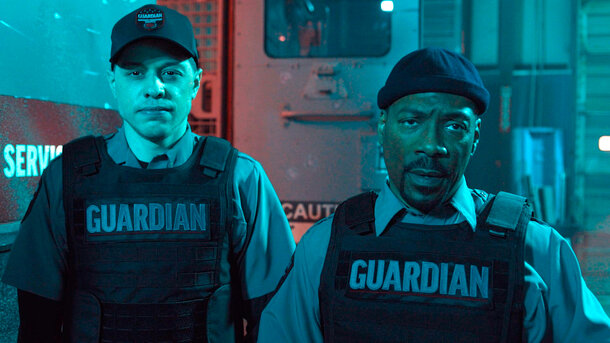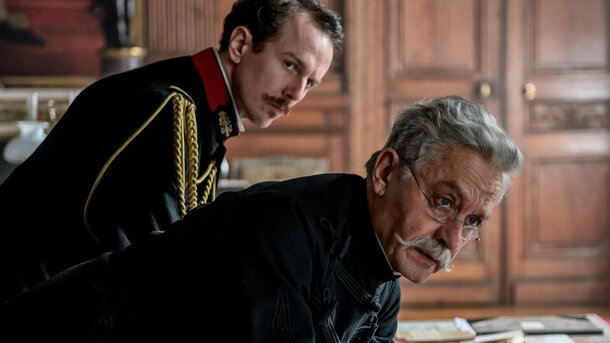Despite the high ratings from critics and viewers, the Harry Potter film series is notorious for simply ignoring some important events mentioned in the novels. However, in this regard, the creators of the film franchise can be understood—after all, it's difficult to fit a 600-page work into a two-hour movie. Nevertheless, there are things that cannot be forgiven, particularly concerning plot changes that only made things worse. This selection gathers the most shocking plot details that became something entirely new in the films.
No one really understood why Snape was the Prince—and the book provides a completely different explanation.
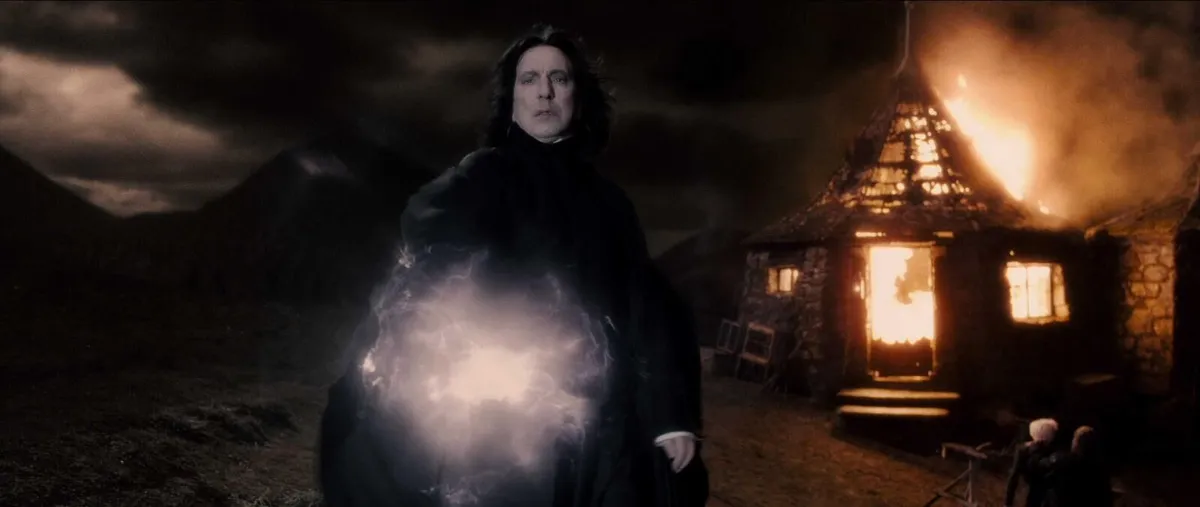
In Harry Potter and the Half-Blood Prince, the main character finds a handwritten book with tips on potion-making—thanks to it, Harry becomes one of the best in his class. The film immerses the viewer in the mystery surrounding the name Half-Blood Prince and then reveals the shocking truth that this Prince is Severus Snape. However, fans who haven't read the book remain in the dark, not understanding where Snape got his title—while in the book, this moment is more than clear, as Snape himself explains that the Prince is his mother's maiden name.
The films made everyone think that keeping elves in slavery is more than acceptable.
In the magical world of Harry Potter, house-elves, considered a kind of servant, were not that rare. However, the attitude towards them differs between the films and the books. For example, in the book 'Harry Potter and the Goblet of Fire,' Hermione decides to organize her own association to fight for the rights of elves and ensure they receive timely wages. Surprisingly, this topic is completely absent in the film adaptation.
The burning of the Weasley family home was also pointless.
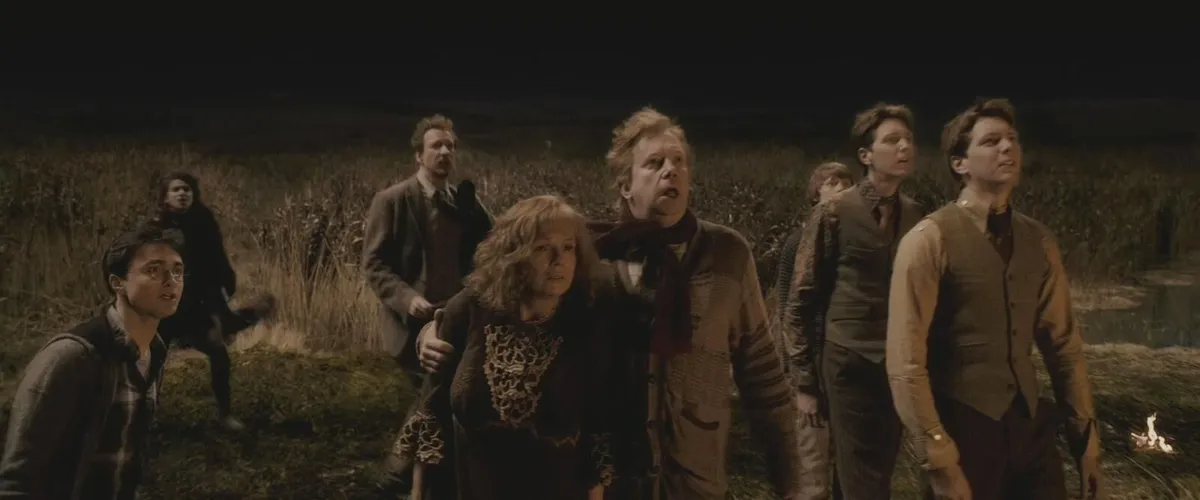
Harry Potter and the Half-Blood Prince became perhaps the most controversial part of the entire franchise—particularly due to the numerous plot changes that had no impact on the development of future events. Such example is the scene where Bellatrix Lestrange organizes an attack on the Weasley family home and burns it to the ground. At first glance, this is a great tragedy, but it is never mentioned again, and in the next film, the Weasley house looks just as it did before—there must have been some magic involved, but overall, it had no effect on the plot development.
Fans still can't forgive the lack of chemistry between Harry and Ginny.
Fans of J.K. Rowling's novels were shocked by how different the on-screen Ginny is from the book version. For example, in the book, Harry and Ginny's relationship experiences several ups and downs—there's jealousy, breakups, and later reunions. In the films, however, the characters barely have five shared scenes, and their on-screen couple seems completely different from what it was originally meant to be.
The final battle between Harry and Voldemort had a different outcome.
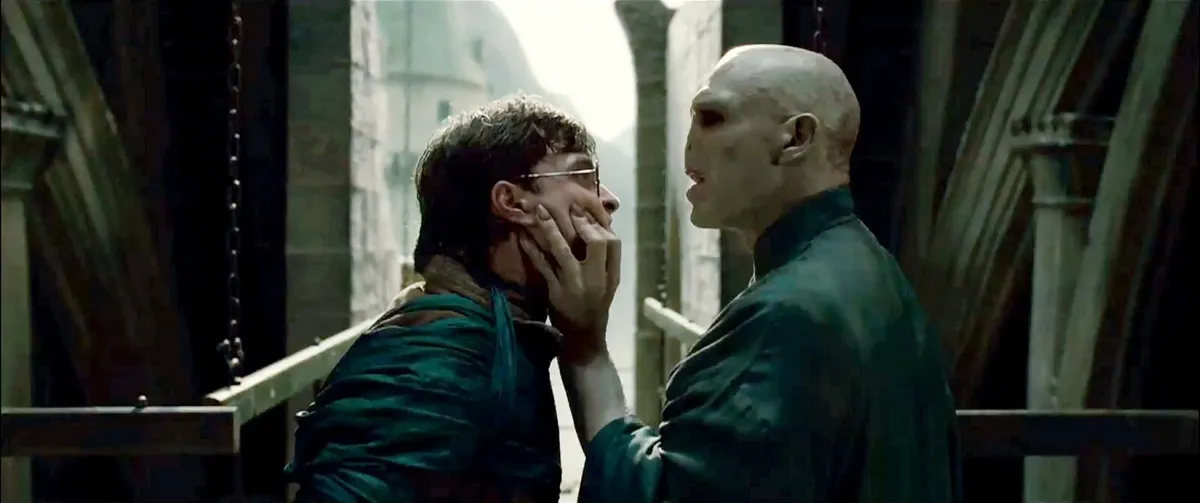
In The Deathly Hallows, when Harry finally faces his main enemy one-on-one, he refuses to call Voldemort by the name he created for himself—instead, Harry follows Dumbledore's example and refers to the villain as Tom. This small gesture by Rowling shows that Voldemort's entire persona was nothing more than a mere invention, and the revelation of the truth ultimately leads to the villain's demise. In the film, however, things unfold differently—Harry and Voldemort exchange spells like in a game of tennis, and in the end, Harry uses a classic spell, after which Voldemort simply—and very implausibly—dissolves into thin air.
